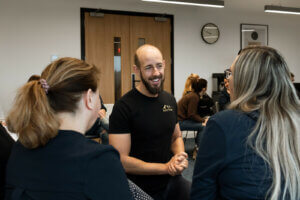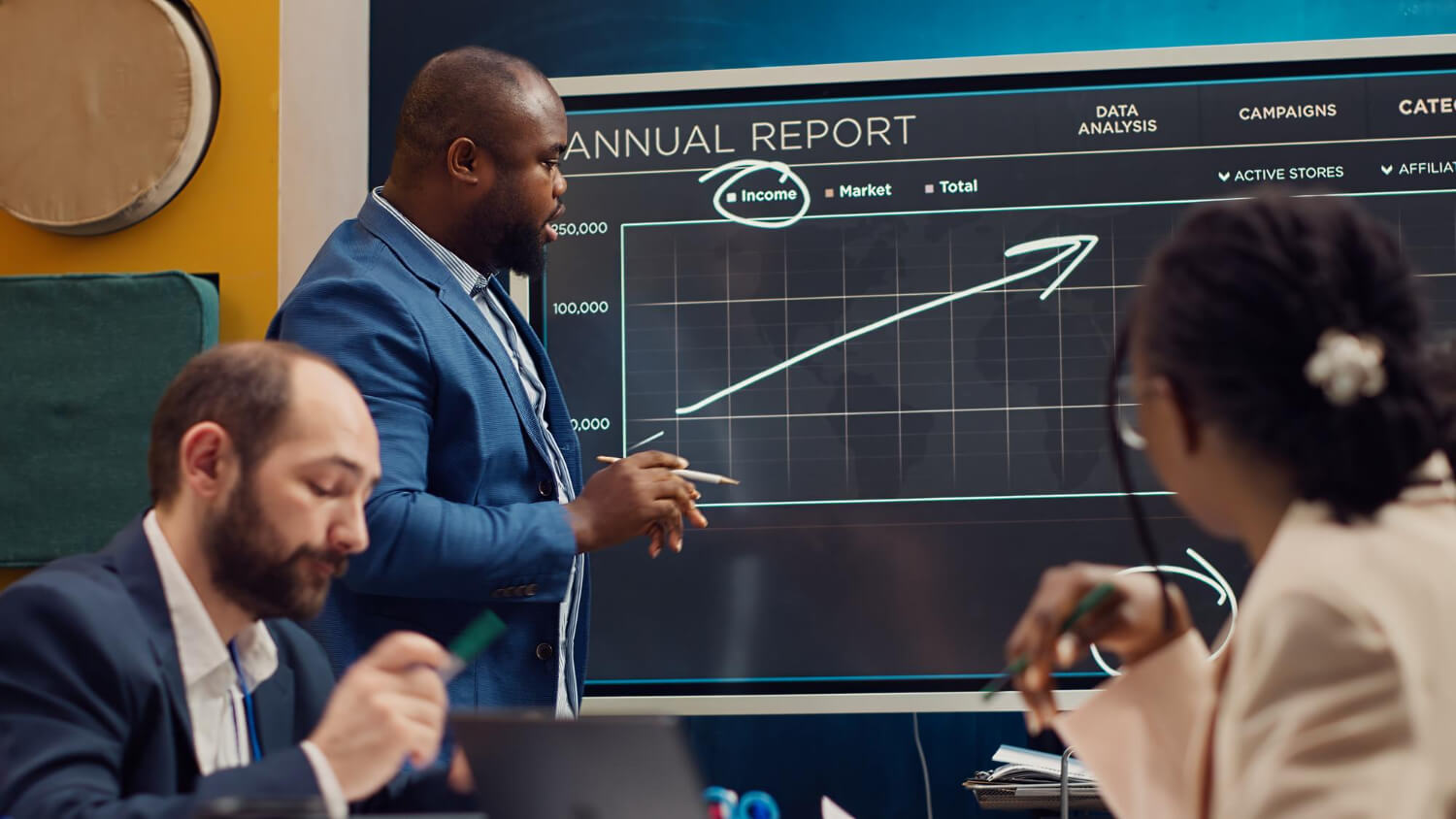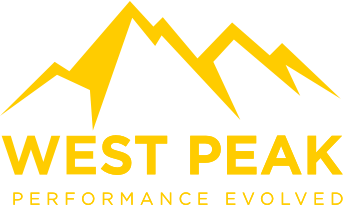Strategies for Building a Culture of Continuous Improvement In Your Team

What Role Does a Growth Mindset Play in Continuous Improvement?
A growth mindset—the belief that abilities and intelligence can be developed through dedication and hard work—is the cornerstone of continuous improvement. But how do you instill this mindset within your team?
- Encourage Learning and Development: Teams with a growth mindset are always seeking ways to improve their skills and knowledge. Leaders should provide ample opportunities for learning and development, whether through formal training programs or more informal opportunities such as mentorship and peer learning. At West Peak, we prioritise continuous learning as a key component of our leadership development programs, ensuring that our teams are always equipped to handle new challenges.
- Embrace Challenges: A growth mindset involves viewing challenges as opportunities to learn rather than obstacles to success. Leaders should encourage their teams to take on new challenges, even when it means stepping outside their comfort zone. This willingness to take risks and learn from failures is essential for driving continuous improvement.
- Promote a ‘Not Yet’ Mentality: Instead of focusing on what hasn’t been achieved, encourage a ‘not yet’ mentality. This shift in perspective helps teams focus on potential future success rather than current setbacks. By fostering this mindset, leaders can help their teams remain resilient and committed to improvement, even in the face of adversity.
How Can Leaders Build Trust and Engagement Through Authentic Leadership?
Trust and engagement are the bedrock of any successful team, and authentic leadership is key to building both. But what does it mean to be an authentic leader, and how does authenticity contribute to continuous improvement?
- Be Transparent: Authentic leaders are open and honest with their teams. They communicate clearly and transparently, sharing both successes and setbacks. This level of openness builds trust and encourages team members to do the same, creating an environment where continuous improvement can flourish.
- Show Vulnerability: Authentic leaders aren’t afraid to show vulnerability. They acknowledge their own limitations and mistakes, which helps to humanise them in the eyes of their team. This vulnerability fosters a safe space where others feel comfortable taking risks and learning from their mistakes.
- Build Genuine Connections: Authentic leaders prioritise building strong, genuine relationships with their team members. They take the time to understand each person’s strengths, weaknesses, and motivations, allowing them to provide more tailored support and guidance. These deeper connections foster a sense of loyalty and engagement, driving the team to continually strive for improvement.

What Strategies Can Foster a Culture of Continuous Improvement in Your Organisation?
Creating a culture of continuous improvement is a journey that requires ongoing commitment, strong leadership, and a shared belief in the value of growth. Here are some strategies to help you embed this culture within your organisation:
- Emphasize Team Collaboration: Success in both business and sports often depends on effective teamwork. Leaders should foster a team-first mentality where collaboration and communication are prioritised. This approach ensures that everyone is working towards the same goals and contributing to the continuous improvement of the team.
- Maintain a Competitive Edge: Continuous improvement is about staying ahead of the competition. This means constantly looking for ways to refine processes, enhance products or services, and innovate in your industry. By maintaining a focus on continuous improvement, organisations can sustain a competitive edge and achieve long-term success.
- Focus on Long-Term Goals: While celebrating small wins is important, it’s equally crucial to keep an eye on long-term goals. Leaders should balance the pursuit of immediate victories with a focus on sustained growth and success. This involves setting ambitious goals and working steadily towards them, with continuous improvement as the guiding principle.
How Can You Foster a Culture of Continuous Improvement in Your Organisation?
Creating a culture of continuous improvement is an ongoing process that demands dedication, strong leadership, and a collective commitment to growth. By embracing a growth mindset, fostering authentic leadership, and encouraging continuous learning and collaboration, leaders can inspire their teams to push the boundaries of what’s possible.
At West Peak, we’re dedicated to helping organisations build cultures of continuous improvement that lead to long-term success. Through our leadership development programs and team performance events, we provide the tools and support needed to create a growth-oriented environment where every team member can thrive.
Subscribe to our Podcast
Hosted by our very own Ben Stocken and Benjamin Wade our ‘How They Lead’ podcast aims to evolve the way people perform in leadership roles by showcasing a variety of high performance interviews with people from Patrick Kershaw from The RAF Red Arrows to CEO’s like Steve Phillips who help large brands like Pepsi, Mars and Unilever.
Get one step ahead – Click below to subscribe.











Why is a Culture of Continuous Improvement Essential for Success?
In today’s fast-paced business environment, the companies that consistently succeed are those that continuously evolve, adapt, and improve. But what does it take to cultivate a culture where continuous improvement becomes a foundational element of your organisation?
A culture of continuous improvement is about more than just making incremental changes. It’s about creating an environment where every team member is committed to learning, growing, and pushing the boundaries of what’s possible. Establishing this mindset requires deliberate effort, strong leadership, and a collective belief in the value of progress.
At West Peak, we understand the transformative power of fostering a culture of continuous improvement. This approach not only drives team success but also leads to sustained business growth and a competitive edge in the market.
How Can Leaders Encourage Continuous Improvement in Their Teams?
Leadership is pivotal in setting the tone for continuous improvement. But how can leaders effectively cultivate this mindset across their teams?